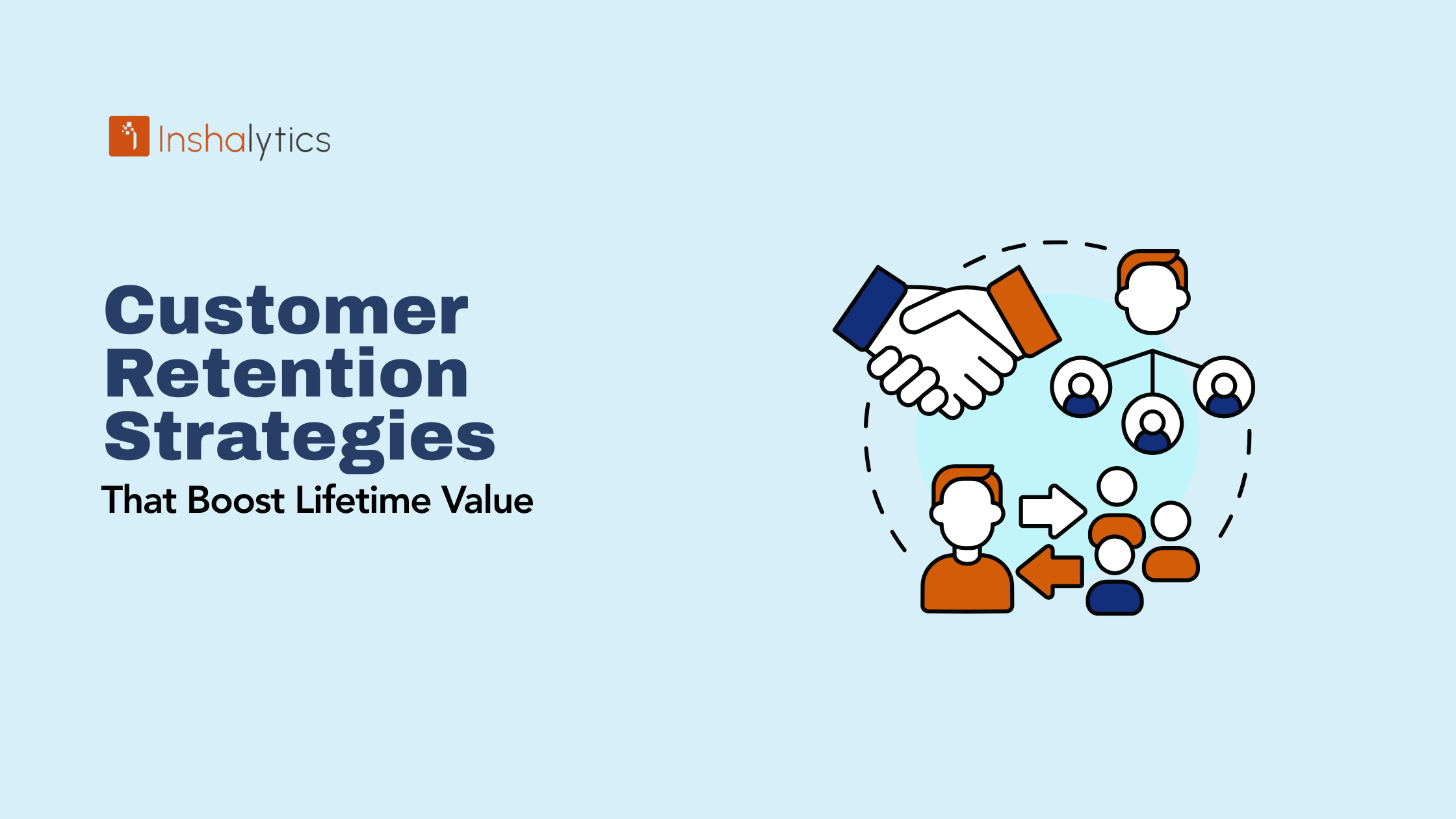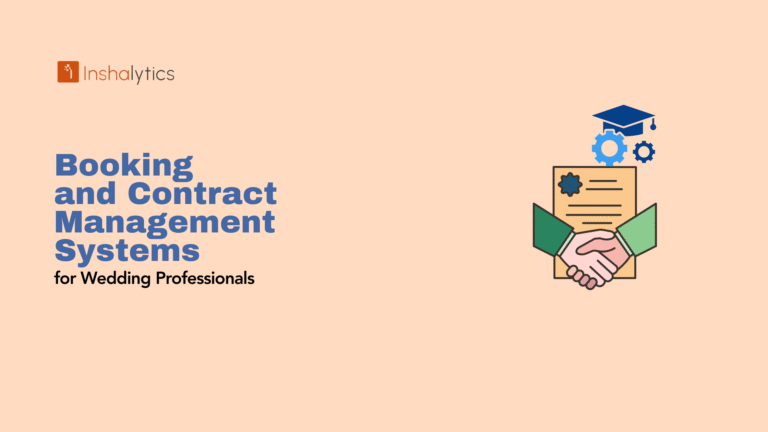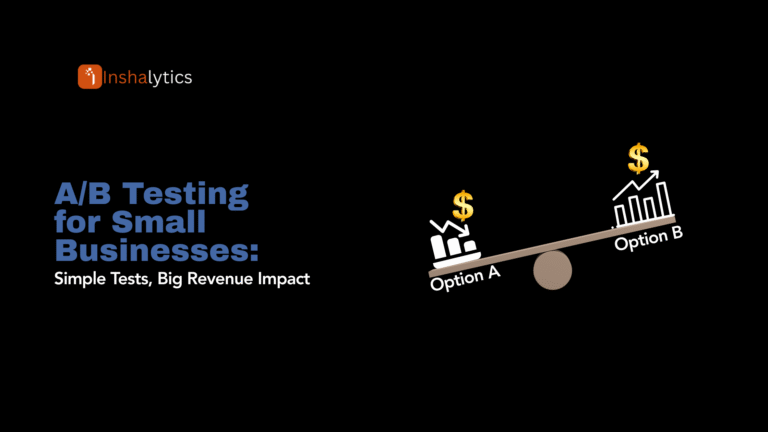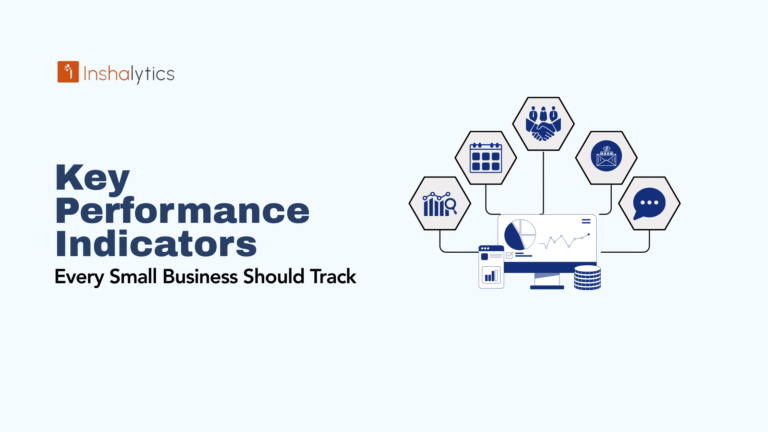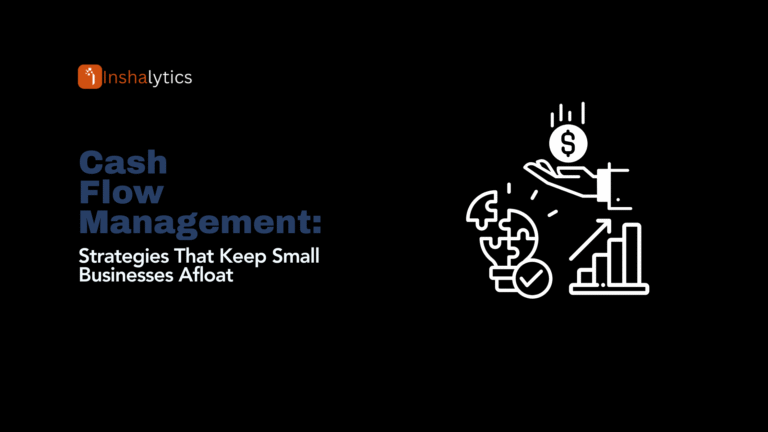Customer retention isn’t just about keeping customers happy; it’s about transforming them into long-term revenue drivers that fuel sustainable business growth. Companies that master retention strategies see remarkable returns: a mere 5% increase in customer retention can boost profits by 25% to 95%. Yet many businesses continue pouring resources into customer acquisition while neglecting the goldmine of existing customers.
The secret lies in understanding how retention directly impacts Customer Lifetime Value (CLV), creating a compound effect that dramatically improves your bottom line. This comprehensive guide reveals proven strategies that turn one-time buyers into loyal advocates while maximizing the revenue potential of every customer relationship.
What is Customer Lifetime Value and Why Customer Retention Matters?
Customer Lifetime Value represents the total revenue a business can expect from a single customer throughout their entire relationship. It’s calculated by multiplying average purchase value by purchase frequency and customer lifespan. For example, a customer spending $100 monthly for three years generates a CLV of $3,600.
The connection between retention and lifetime value is straightforward yet powerful: retained customers have more opportunities to purchase, driving up their total value exponentially. A customer who stays for 12 months instead of 6 doesn’t just double their value; they often increase spending as trust builds over time.
The Business Impact of Customer Retention
The economics of retention versus acquisition are compelling. Research consistently shows it costs 5-25 times more to acquire new customers than to retain existing ones. Existing customers convert at rates of 60-70%, compared to just 5-20% for new prospects. This dramatic difference in conversion efficiency makes retention the most cost-effective growth strategy available.
Beyond cost savings, retained customers become increasingly valuable over time. They’re 23% more likely to spend more than average customers and provide 65% of a company’s business. These customers also become brand advocates, with 60% talking about brands they’re loyal to with family and friends, creating organic acquisition channels.
How to Measure Customer Retention Success?
Tracking the right metrics ensures your retention efforts deliver measurable results. The customer retention rate formula is: [(Customers at period end – New customers acquired) ÷ Customers at period start] × 100. This foundational metric reveals what percentage of customers you’re successfully keeping over specific time frames.
Customer churn rate provides the inverse perspective, showing how many customers you’re losing. Net Promoter Score (NPS) measures customer satisfaction and likelihood to recommend, serving as an early indicator of retention potential. These metrics work together to provide a comprehensive view of customer loyalty.
Setting Customer Retention Benchmarks by Industry
Retention standards vary significantly across industries. SaaS companies typically aim for 90%+ annual retention, while e-commerce businesses might target 20-30% depending on purchase frequency. Subscription services often achieve 70-80% retention rates. Understanding your industry benchmarks helps set realistic goals and identify improvement opportunities.
Modern retention tracking requires robust tools and platforms. CRM systems, analytics platforms, and specialized retention software provide real-time insights into customer behavior, enabling proactive intervention before churn occurs.
Proven Customer Retention Strategies That Increase Lifetime Value
1. Personalization and Customer Experience Optimization
Data-driven personalization transforms generic interactions into meaningful experiences that keep customers engaged. Netflix’s recommendation algorithm exemplifies this approach, using viewing history to suggest content that matches individual preferences. This personalization drives 80% of Netflix viewing time, demonstrating the power of relevant, customized experiences.
Customer journey mapping reveals critical touchpoints where personalization creates maximum impact. By understanding how customers interact with your brand across channels, you can deliver consistent, personalized experiences that reduce friction and increase satisfaction.
Effective personalized communication goes beyond using customer names in emails. It involves segmenting audiences based on behavior, preferences, and purchase history to deliver relevant messages at optimal times. This approach can increase email open rates by 26% and click-through rates by 14%.
2. Loyalty Programs and Subscription Models
Well-designed loyalty programs create emotional connections that transcend transactional relationships. Starbucks Rewards exemplifies this strategy, with members spending 3x more than non-members. The program’s success stems from easy earning mechanisms, valuable rewards, and seamless mobile integration.
Subscription models naturally improve retention by creating recurring relationships. Amazon Prime demonstrates this power, with members spending twice as much as non-members and maintaining 93% renewal rates. The key lies in providing value that exceeds the subscription cost through exclusive benefits, convenience, or cost savings.
Referral programs serve dual purposes, improving retention while driving acquisition. Customers acquired through referrals have 16% higher lifetime values and 37% higher retention rates than those acquired through other channels.
3. Proactive Customer Support and Success Programs
Proactive support anticipates customer needs before issues arise, preventing churn and strengthening relationships. This approach involves monitoring usage patterns, identifying potential problems, and reaching out with solutions or guidance before customers experience frustration.
Multi-channel support ensures customers can reach you through their preferred communication methods. Research shows that cross-channel interactions significantly impact retention (58%) and advocacy (55%). Companies offering seamless support across email, phone, chat, and social media see higher satisfaction scores and retention rates.
Customer success programs focus on helping customers achieve their desired outcomes rather than simply resolving problems. This strategic shift from reactive support to proactive guidance creates deeper relationships and demonstrates ongoing value.
4. Content Marketing for Customer Retention
Educational content keeps customers engaged between purchases while reinforcing your brand’s value. HubSpot’s content strategy exemplifies this approach, transforming a simple marketing tool into a comprehensive business platform through valuable, educational content that guides users through their entire business journey.
Strategic onboarding content helps new customers realize value quickly, reducing early-stage churn. This involves creating tutorials, best practice guides, and step-by-step resources that eliminate confusion and build confidence in your product or service.
Social media engagement creates community connections that extend beyond individual transactions. Brands that actively engage with customers on social platforms see improved loyalty and retention rates through consistent, valuable interactions.
5. Upselling and Cross-Selling Techniques
Strategic upselling to existing customers generates significantly higher conversion rates than selling to new prospects. The key lies in timing and relevance—presenting upgrade options when customers have experienced success with your current offerings and can clearly see the value of enhanced features.
Effective cross-selling involves recommending complementary products that enhance the customer’s primary purchase. Amazon’s “Frequently Bought Together” feature demonstrates this principle, driving additional sales while improving customer experience through relevant suggestions.
Product recommendation systems use behavioral data and purchase history to suggest relevant items. These automated systems can increase revenue per customer by 10-30% while providing personalized shopping experiences that improve satisfaction.
Advanced Customer Retention Tactics
Customer Segmentation for Targeted Retention
High-value customer identification allows you to allocate retention resources most effectively. These customers typically represent 20% of your base but generate 80% of revenue. They require specialized attention through dedicated account management, exclusive benefits, and premium service levels.
Behavioral segmentation goes beyond demographics to group customers based on actions, preferences, and engagement patterns. This approach enables targeted retention campaigns that address specific needs and motivations of different customer groups.
At-risk customer detection uses predictive analytics to identify customers showing churn signals. Early warning systems monitor factors like declining engagement, reduced purchase frequency, or support ticket patterns to trigger proactive retention efforts.
Technology-Driven Retention Solutions
Artificial intelligence and machine learning analyze vast amounts of customer data to predict behavior and personalize experiences at scale. These technologies identify patterns humans might miss, enabling more precise targeting and timing of retention efforts.
Customer retention automation streamlines routine tasks while ensuring consistent follow-up and engagement. Automated email sequences, triggered by specific behaviors, can nurture customers through critical retention moments without requiring manual intervention.
CRM integration creates unified customer views that enable coordinated retention efforts across teams. When sales, support, and marketing teams access the same customer information, they can deliver consistent experiences that strengthen retention.
Industry-Specific Customer Retention Strategies
E-commerce Customer Retention
Return policy optimization removes purchase barriers while demonstrating confidence in your products. Companies with generous return policies often see higher customer lifetime values despite increased return costs, as policies reduce purchase anxiety and build trust.
Email marketing remains one of the most effective retention channels for e-commerce, with segmented campaigns generating 760% more revenue than non-segmented approaches. Post-purchase sequences, abandoned cart recovery, and personalized product recommendations keep customers engaged between visits.
SaaS Customer Retention
Feature adoption directly correlates with retention in SaaS businesses. Customers using more features are significantly less likely to churn. Successful SaaS companies invest heavily in onboarding and feature education to drive adoption and stickiness.
Annual billing strategies improve retention while providing cash flow benefits. Customers committing to annual subscriptions show higher engagement levels and lower churn rates, as the commitment creates psychological investment in success.
Service-Based Business Retention
Relationship management becomes paramount in service businesses where personal connections drive loyalty. Regular check-ins, proactive communication, and dedicated account management create bonds that transcend service delivery.
Service quality improvement requires systematic feedback collection and implementation. Businesses that actively solicit and act on customer feedback demonstrate commitment to continuous improvement, strengthening relationships, and retention.
Implementation and Optimization
Building Your Customer Retention Plan
Successful retention programs require systematic implementation with clear goals, allocated resources, and defined success metrics. Start by identifying your highest-value customers and most critical retention touchpoints, then build targeted programs that address specific needs and behaviors.
Resource allocation should reflect the impact on profitability. Companies typically see 4-5x return on retention investments, making it one of the highest-ROI business activities. Allocate budgets and personnel based on customer value and retention potential.
Measuring and Optimizing Results
Continuous measurement and optimization ensure retention programs deliver maximum value. A/B testing different approaches reveals what resonates with your specific customer base, while regular analysis identifies trends and opportunities for improvement.
ROI calculations for retention programs should consider both immediate revenue impact and long-term value increases. Retained customers often increase spending over time, making the true value of retention efforts much higher than initial calculations suggest.
The most successful businesses view customer retention as an ongoing process rather than a one-time initiative. By consistently delivering value, measuring results, and optimizing approaches, companies create sustainable competitive advantages that drive long-term growth and profitability. Customer retention strategies that boost lifetime value aren’t just about keeping customers they’re about transforming relationships into revenue engines that fuel business success for years to come.
